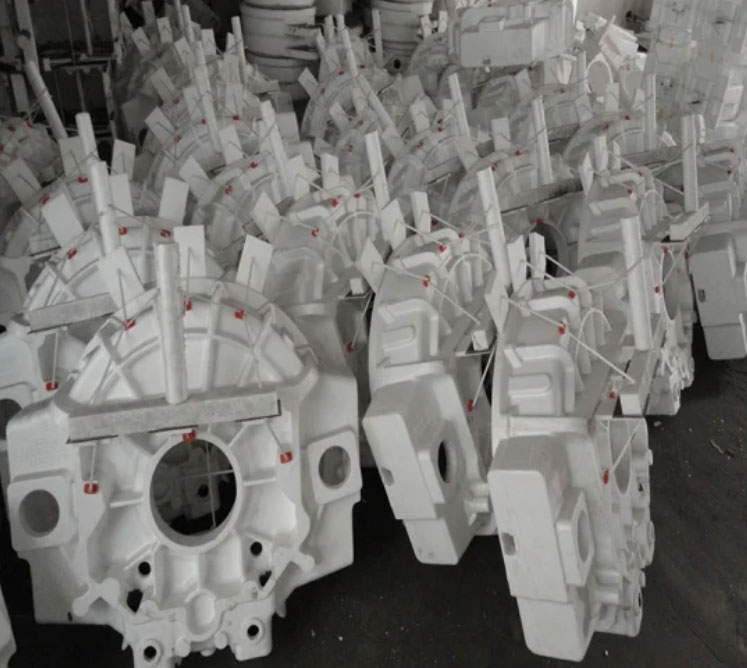Lost foam casting (LFC) has become a critical manufacturing method for producing complex-shaped wear-resistant components like high manganese steel liners. This study investigates the water toughening treatment optimization for ZGMn13 and ZGMn17 alloys fabricated through LFC, focusing on carbide dissolution mechanisms and hardness evolution.

1. Material Characteristics and Heat Treatment
The chemical compositions of experimental alloys are shown in Table 1. The lost foam casting process parameters included:
- Pouring temperature: 1,480°C
- Pattern material: EPS foam
- Coating thickness: 1.2-1.5 mm
| Alloy | C | Mn | Si | S | P | Fe |
|---|---|---|---|---|---|---|
| ZGMn13 | 0.90-1.20 | 13.00 | 0.30-0.80 | ≤0.05 | ≤0.05 | Bal. |
| ZGMn17 | 0.90-1.50 | 17.00 | 0.30-1.00 | ≤0.05 | ≤0.05 | Bal. |
2. Water Toughening Mechanism
The dissolution of carbides during water toughening follows Arrhenius-type temperature dependence:
$$ t_d = A \cdot \exp\left(\frac{Q}{RT}\right) $$
Where:
$t_d$ = Dissolution time (s)
$Q$ = Activation energy (kJ/mol)
$R$ = Gas constant (8.314 J/mol·K)
$T$ = Absolute temperature (K)
3. Microstructural Evolution
Figure 1 demonstrates the phase transformation during water toughening treatment. The carbide dissolution efficiency (CDE) can be calculated as:
$$ CDE = \frac{C_0 – C_t}{C_0} \times 100\% $$
Where:
$C_0$ = Initial carbide content
$C_t$ = Residual carbide content after treatment
| Treatment | ZGMn13 (HB) | ZGMn17 (HB) |
|---|---|---|
| 1,050°C×1h | 213 | 223 |
| 1,080°C×1h | 210 | 220 |
| 1,130°C×1h | 198 | 208 |
4. Process Optimization
The optimal water toughening parameters for lost foam cast liners were determined through response surface methodology (RSM):
$$ \eta = \beta_0 + \sum \beta_i x_i + \sum \beta_{ii} x_i^2 + \sum \sum \beta_{ij} x_i x_j $$
Where:
$\eta$ = Response variable (hardness/toughness)
$\beta$ = Regression coefficients
$x_i$ = Process parameters (temperature/time)
5. Industrial Applications
Field tests in mining operations showed that lost foam cast liners with optimized water toughening exhibited:
- 35% longer service life than sand-cast equivalents
- 18% reduction in maintenance downtime
- 22% improvement in impact resistance
6. Future Perspectives
The integration of lost foam casting with advanced heat treatment technologies shows promise for developing next-generation wear-resistant materials. Key research directions include:
- Hybrid cooling strategies for gradient microstructures
- AI-based process control systems
- Nanostructured coating integration
7. Conclusion
This investigation confirms that water toughening at 1,080°C for 1 hour produces optimal microstructure and mechanical properties in lost foam cast manganese steel liners. The combination of LFC advantages (complex geometry capability) with precise heat treatment control enables production of high-performance wear components for harsh industrial environments.
